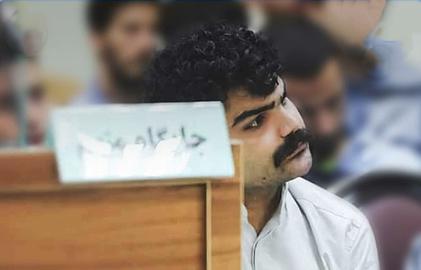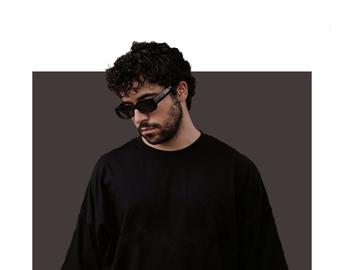The following piece was written by an Iranian citizen journalist on the ground inside the country, who writes under a pseudonym to protect her identity.
How much green space does Tehran, a city of apartments, autobahns and air pollution need?
Officials from the Parks Organization say that the average green space in Tehran is 15 square meters per person. According to the latest census figures from 2011, the population of Tehran is around 8.3 million. Based on this number, the city must have about 12,450 hectares of green space.
But, on January 29, the head of city council’s Health Services, Mohammad Haghani, reported that 5,000 hectares of garden have been completely lost over the last 20 years, given over to developers to build high rise buildings and commercial centers. Prior to this, the capital had 14,000 hectares of greenery.
Tehran covers an area of 730 square kilometers. This is less than 1.5 percent of Iran’s surface area and yet, according to Tehran’s Mayor, Mohammad Bagher Ghalibaf, it is home to around 24 percent of the country’s population.
Since the Islamic Revolution of 1979, the city has grown by a multiple of four. Two years before the revolution, the population of Tehran and its suburbs was 3.7 million. Now Iran’s Statistics Bureau estimates that, by March 2015, the population has reached 12.55 million and will increase to around 13 million by the end of 2016.
Tehran suffers from huge problems, including air pollution. The city’s Air Quality Monitoring Bureau reports that for more than half of the year, Tehran’s air is unhealthy. This makes green spaces all the more important.
The population and the size of Tehran has grown three or four times over the past 35 years. But have city administrators and officials kept up with this increase when it comes to green space? The evidence, supported by figures and statistics, show that this has not happened.
Despite this, every year, the city’s officials and the Parks Organization claim, via statistics provided to the public, that the green spaces in the capital have increased. In 2012, the Parks Organization’s Director, Ali Mohammad Mokhtari, said, “Before the revolution, Tehran had 75 parks and 3,420 hectares of green space, but now it has 1,900 parks. The total size of its green space and its green belt has reached 48,500 hectares”.
And the mayor has repeated that, per capita, green space has exceeded city plans by 10 percent. Mokhtari, who has been in his job for 28 years, said that the per capita green space inside the city has reached 15 square meters per resident; for the suburbs, he says, that number rises to more than 23 square meters per person.
If these numbers are correct, and if we multiply the per capita number by the population of Tehran, then one-fifth — or 20 percent — of the city must be green space. Some parts of northern Tehran and its surrounding areas do have considerable green spaces but in many parts of the city, there is almost no sign of greenery, not even a small garden.
Yet every few days there are reports that a park, a green space or an old garden has been destroyed, often to make room for commercial centers and residential buildings. The most recent example is the park known as Mother’s Garden, which is currently being replaced by commercial premises.
In response to this extensive destruction of nature in Tehran, on January 7, a group of student activists staged a protest in front of the offices of the City Council.
Tehran’s budget for this year forecasts hundreds of millions of dollars of revenue from the sale of open or low-density spaces. This has led experts to conclude that the density of buildings will continue to increase, and green spaces will continue to vanish.
One academic study conducted in 2011-2012 looked at the deterioration of green spaces using geographic information system (GIS) software, examining all 22 districts of Tehran. It found that only 10 percent of Tehran is green— half of what city officials claim.
By Farah Parsapour, Citizen Journalist, Karaj
visit the accountability section
In this section of Iran Wire, you can contact the officials and launch your campaign for various problems







































comments